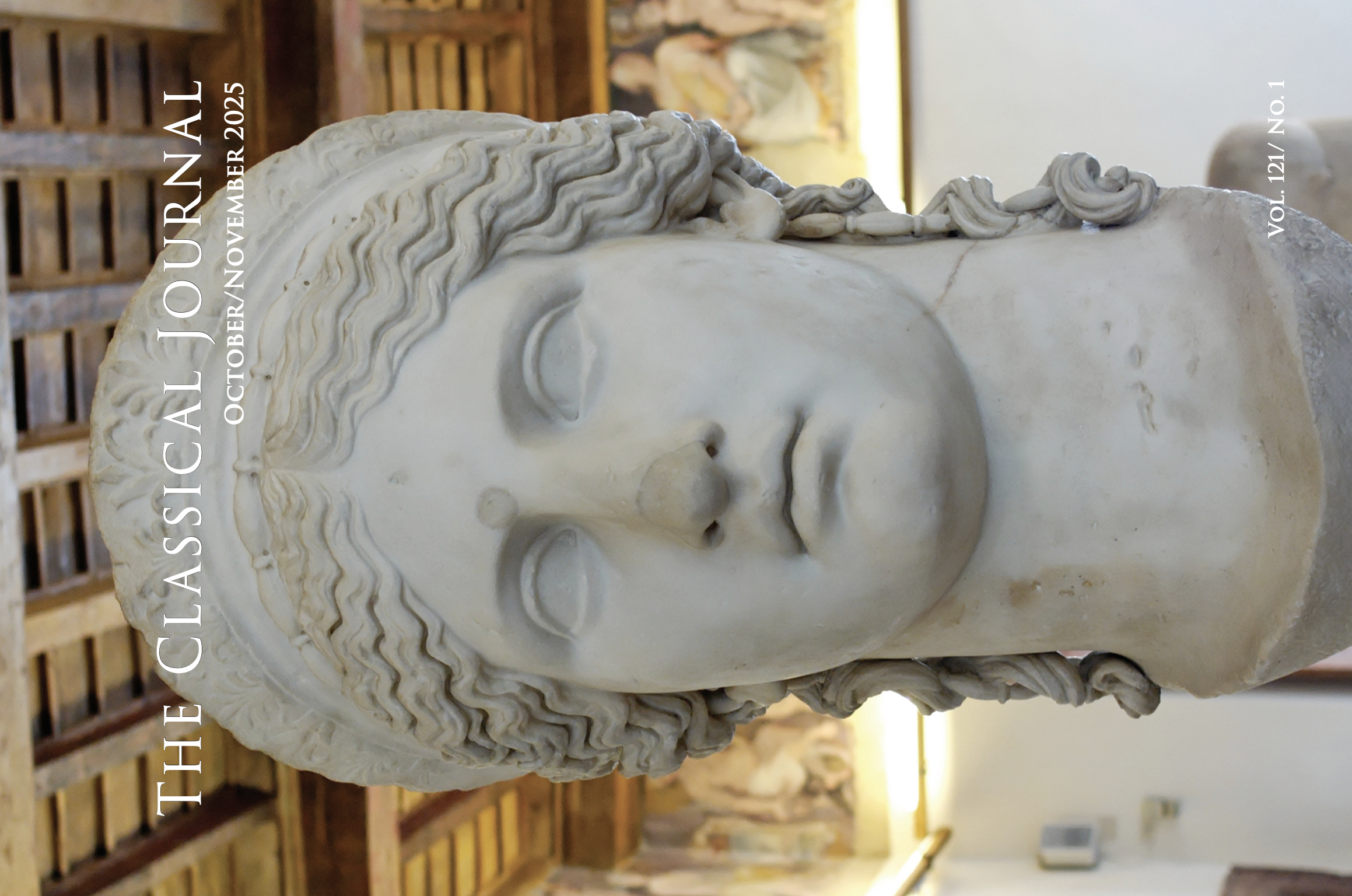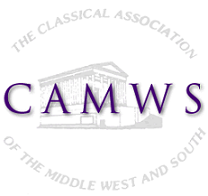The following articles are contained in CJ
114.4
Abstracts of Articles
Sibling Romance in Heliodorus’ Aithiopika
The relationship between Charikleia and Theagenes in Heliodorus’ Aithiopika is consistently equated with that between a sister and her brother. This article explicates the shifting significance of their fraternal relationship as it develops over the course of the novel. Their alternative identity as siblings provides a protective deception, a symbol of their deep affection, an emotional and spiritual bond as foster-children of Kalasiris and ritual roles as priest and priestess of the sibling deities they resemble. Even when Charikleia is accepted as the daughter of Hydaspes, traces of their sibling relationship remain.
Horace-ing Around with Martial Book 10
This paper argues that Martial challenges Horace’s lyric project in two epigrams of Book 10. In 10.68, the epigrammatist engages in literary polemic, at once contentious and humorous, by evoking Odes 1.7 and then scolding a Roman matrona for her inappropriate Greek blandishments. 10.63, the epitaph of another matrona and modeled on Odes 3.30, tops Horace’s affirmation of his success and immortality. This veiled, playful engagement reflects attitudes toward Greek behavior apparent in other epigrams and contemporary satire and contributes to our scanty evidence for the early reception of the Odes.
Was the tempestas of AD 62 at Ostia Actually a Tsunami?
This article argues that the tempestas credited by Tacitus (Ann. 15.18.2) with the destruction of 300 ships in the harbor at Ostia and on the Tiber was a tsunami caused by the earthquake of February AD 62. As a result of this conclusion we can further argue that the harbor of Ostia was already completed by that time, and had probably been completed during Claudius’ reign, and that Nero therefore had nothing to do with its design or construction. Finally, that Nero’s harbor sestertii were issued to reassure Romans about the security of the grain supply, not to commemorate the inauguration of Portus.
Julia Domna and her Divine Motherhood: A Re-examination of the Evidence from Imperial Coins
The aim of this paper is to examine chronologically the imperial types advertising the maternity of Julia Domna. Several coins issued during the first years of Septimius Severus’ reign celebrated the procreative capacities of the Augusta by either portraying her together with Caracalla and Geta or connecting her to representations of deities with children. Later types, however, seem to shift focus to a more universal concept of maternity by comparing Domna to deities such as Cybele, Vesta and Luna. This phenomenon became particularly evident during the reign of Caracalla, when her influence in public affairs reached its apex.


